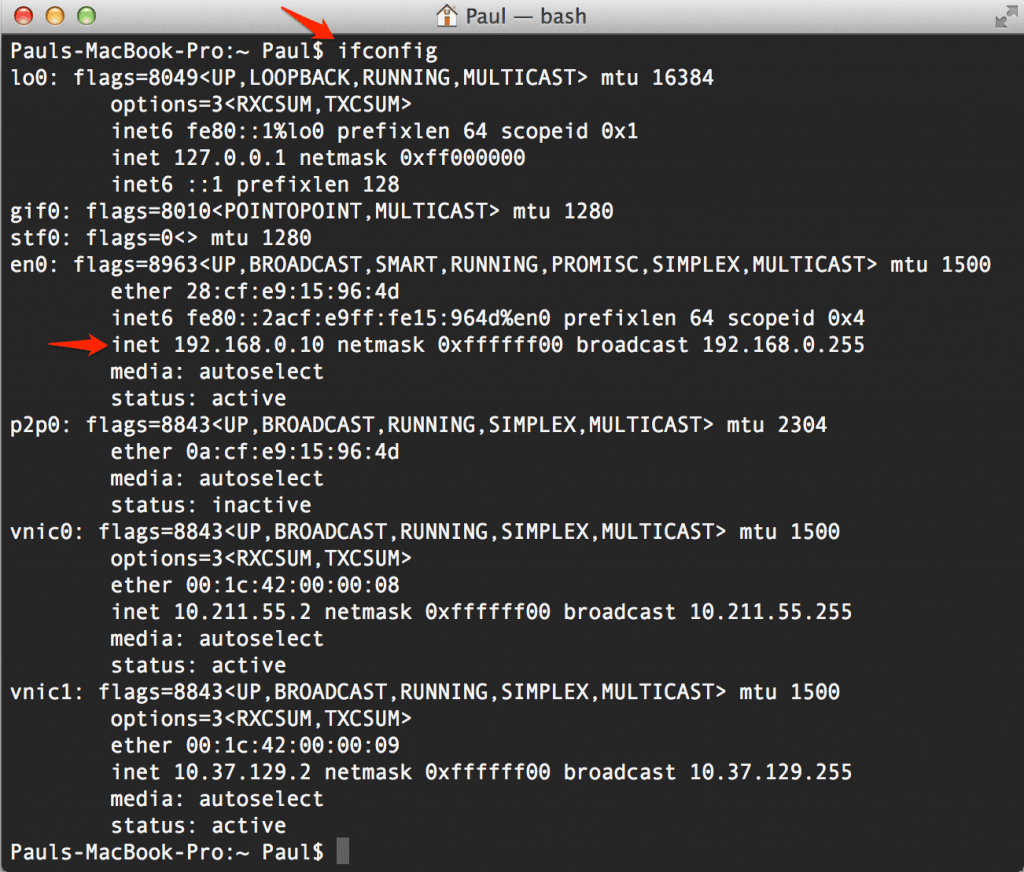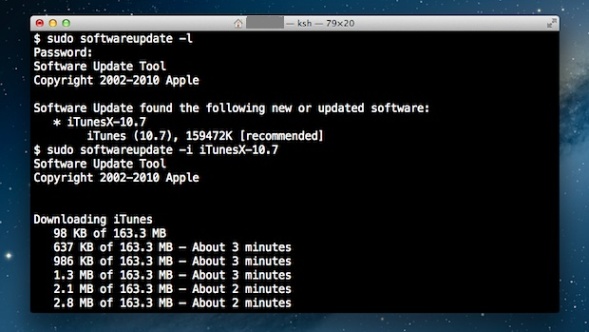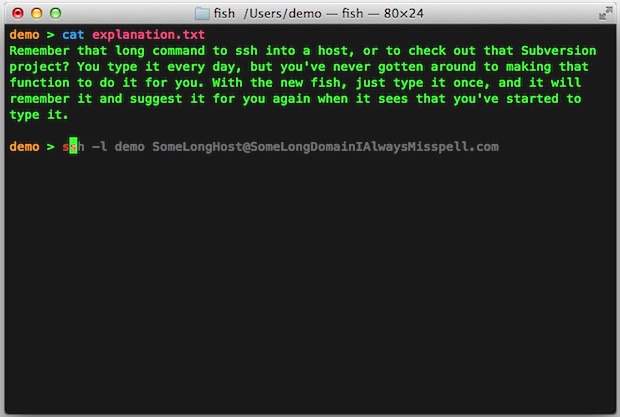

Command Line The command line interface is an alternate method of interacting with macOS and Mac OS X, relying on text based command entry to execute commands and perform tasks. It is accessed on the Mac by using the Terminal application. Mar 31, 2020 Orchid Now Available for MacOS Command Line Mar 31, 2020. As many people around the world adjust to working remotely, Internet privacy tools can be crucial for workers in sensitive industries and/or geographies. Mac os catalina download file. As a result of these macro changes, we have made a decision to prioritize Orchid's desktop clients.
The user account named ”root” is a superuser with read and write privileges to more areas of the system, including files in other macOS user accounts. The root user is disabled by default. Delete email not working in outlook for mac catalina 2016. If you can log in to your Mac with an administrator account, you can enable the root user, then log in as the root user to complete your task.
Dec 29, 2019 Using Finder 1. It’s the icon at the bottom of the screen that looks like a two-toned smiling face. Click Applications. It’s in the left panel of Finder. If you don't see 'Applications' in the left panel, click Go at. Click Utilities. You may have to scroll down to find it.
The root user account is not intended for routine use. Its privileges allow changes to files that are required by your Mac. To undo such changes, you might need to reinstall your system software. You should disable the root user after completing your task.
Mac's and serial TTY's Mac's are excellent tools for accessing serial device TTY ports (to console into PBX's, switches, and routers). You just need a serial to USB adapter, the right driver, and some Terminal software. You can use screen, although Minicom (or a GUI program. A TTY is a computer terminal. In the context of ps, it is the terminal that executed a particular command. The abbreviation stands for 'TeleTYpewriter', which were. For macos ps what is tty. Jul 15, 2019 tty. The response shows we are connected to the device file at /dev/pts/0. Our terminal window, which is a software emulation of a teletype (TTY), is interfaced to the pseudo-teletype multiplexor as a pseudo-teletype (PTS). And it happens to be number zero. The Silent Option. The -s (silent) option causes tty to generate no output.
However in this case I want to create a boot USB drive for an installation on another Mac.I am stuck in a chicken and egg situation where I need another machine running El Capitan or earlier to create and El Capitan boot installer. Presumably because quite reasonably it would not make sense to install on top of a later version of the OS. The expanded dmg image contains the package 'InstallMacOSX.pkg' which should be run to create the El Capitan installer but fails with the following message 'This version of OS X 10.11 cannot be installed on this computer.' Create a boot disk for el capitan drive.
It's safer to use the sudo command in Terminal instead of enabling the root user. To learn about sudo, open the Terminal app and enter man sudo.
Enable or disable the root user
- Choose Apple menu () > System Preferences, then click Users & Groups (or Accounts).
- Click , then enter an administrator name and password.
- Click Login Options.
- Click Join (or Edit).
- Click Open Directory Utility.
- Click in the Directory Utility window, then enter an administrator name and password.
- From the menu bar in Directory Utility:
- Choose Edit > Enable Root User, then enter the password that you want to use for the root user.
- Or choose Edit > Disable Root User.
Log in as the root user
When the root user is enabled, you have the privileges of the root user only while logged in as the root user.
- Choose Apple menu > Log Out to log out of your current user account.
- At the login window, log in with the user name ”root” and the password you created for the root user.
If the login window is a list of users, click Other, then log in.
Remember to disable the root user after completing your task.
Command Line For Macos Download

Command Line For Macos Download
Macos Command Line Tools
Change the root password
Command Line For Macos Free
- Choose Apple menu () > System Preferences, then click Users & Groups (or Accounts).
- Click , then enter an administrator name and password.
- Click Login Options.
- Click Join (or Edit).
- Click Open Directory Utility.
- Click in the Directory Utility window, then enter an administrator name and password.
- From the menu bar in Directory Utility, choose Edit > Change Root Password…
- Enter a root password when prompted.



